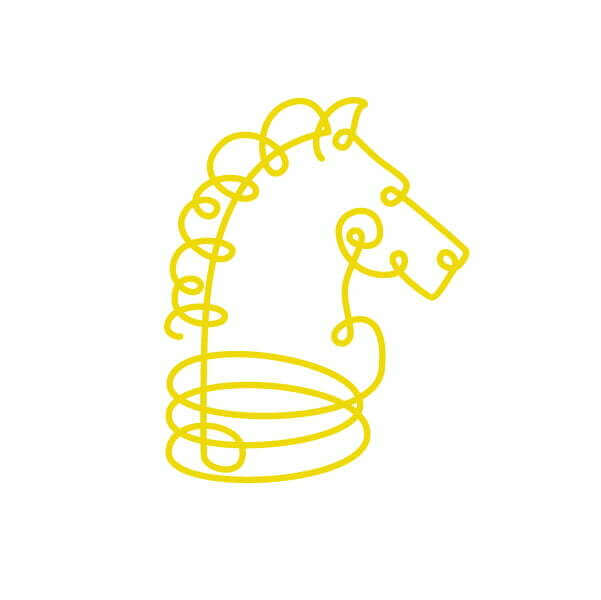Problem-Solving Brief therapy (BTC) from MRI in its practice dispels the notion of the psychotherapy stereotype. To be clear, this is the stereotype where we explore and analyze attachment patterns from their root and develop insight and interpretations with the hope of bringing about change in the here and now. The psychotherapy often portrayed in the mainstream is an inner endeavor that spans so deep that the therapeutic expert is seen as the only one who can decode the experiences of the subject and for the subject. This implies that the person in care, is being “treated” and much of the change happens at the hands of the expert with passivity implied. In this kind of psychotherapy, there are patients, who are people ‘who will receive treatment’, according to the Webster’s Dictionary.
This is a fundamental difference between traditional therapy and the interactional model of brief therapy. In the Problem Solving Brief Therapy model, clients are seen as capable and as such will be an active participant in constructing a different life for themselves, one in which the problem is no longer all consuming. The general frame is for the therapist to empower the client through minimal imposition of diagnostic language, intrapsychic unearthing and historic excursions. Of course, these things happen at times, but they serve to help us understand the client’s position, values and motivations as opposed to fundamental psychological constructs as a focal point.
More recently, the mindfulness movement and social justice movements have created a shift in focusing on personal power through the mindfulness practice of paying attention with more intentional focus on non-judgement and community responsibility. This web of personal and communal accountability is a slight shift from the past, but the frame of reference is still internal and a model that still maintains a linear view of cause and effect rather than a model of circular causality. The distinction in pragmatic terms, means that the person who is identified as the person who needs care, is different from the person with whom brief therapists would work with. We would often work with the parents of a distraught teen instead of with the teen themselves or work with them as a unit and not necessarily in the same sessions.
This shift is a big shift in how we perceive the reality of experiences and therefore what we consider therapeutic. We consider the change in a pattern to be the therapy and we get to the internal experience and the nervous system indirectly, yet quite thoroughly. In Problem Solving Brief Therapy, the moving pieces that we look at are related to the problem, and the patterns that contribute to the problem or the resolution of the problem. By definition this is an externalizing, interactional and client centered approach. There is no normative frame that we use: we enter the client’s world and work with their resources and build at their pace.
The mindfulness movement is broader, and less pathological in how it views the entanglement of people and problems than the traditional psychotherapy. Historically the mindfulness-based approach to living was centered in contextual flexibility and attentiveness to relational realities, similar to the postmodern lens. However, on the surface and as it is being broadly borrowed by pop culture and our western individualistic society, it has lent itself to the view that feelings and the internal experience ought to be regarded as the utmost authentic, most truthful and most actionable discovery. Often when people come to therapy after being heavily invested in self-discovery- the realities of maintaining a relationship seem quite contradictory to the discoveries on inner discovery. The beauty is that each of the two interconnecting realms of relating (inwardly and externally) do not need to come at the cost of the other.
As a brief therapist, I am interested in hearing about the context in which problems are constructed, the basic descriptions of the person/s coming into therapy, what they see happening, what they do and how they unwittingly contribute to these occurrences in their lives. I want to know what they view as problematic and I want to know how they manage to get entangled in the problem. I spend as long as I need to gather a video of the interactional language they use, cues about what is important to them and what would add meaning/wellness to their lives. I also pay attention to what would be “good enough” or slightly better than what is happening now in order to gauge how much of the problem is a matter of chasing tails. These questions are themselves, something that helps a person discover what they want to “put on the table”, helping them assess/define what is achievable and how much effort it will require.
I want to dispel the notion that Brief Therapy is quick: it will move at the pace the client is comfortable with. It is quicker because of all the doors the therapist does not open and is therefore more focused on the here and now and implementing a change. The idea is that the methods used to gather the necessary information to facilitate change is concrete, we stay focused on the most important thing for the client and align the things needed to create a path forward. This of course means meeting the clients where they are, with the skills they have in place.
It is from this place that a holistic view is built: an interaction between therapist and client that moves away from the expert and into the familiar conversational track which most people operate in when they are focused and hopeful that they can at least partially solve a problem. It is the mode we get into when we are headed out the of door and we know where we are going and what we need to bring with us for the day of work ahead. This is the mode that Problem Solving Brief Therapy builds in. The discovering emotions, pain and finding ways to enhance the internal experience, are in this brief therapy model a spontaneous process that emerges with much more ease when the moving pieces are re-arranged in a way that allows movement. While we are often accused of not taking emotions into account, they of course, become a part of the process.
Problem-Solving Brief Therapy from MRI dispels the notion that one needs to dive deep for wholesomeness. We practice precision and simplicity and while we do work from a non-normative and non-pathologizing model, we also don’t believe that the ultimate reality exists within. Brief therapy weaves a picture that is so encompassing that a person and their inner truth have led to self-acceptance and emotional experiences, which start to move easier as the behavior and belief systems start to shift. In a nutshell, we get to the mind, we get to the body because we keep things moving, by mapping the person’s directions that hadn’t led where they wanted and caused pain. We navigate different routes that keep the client moving in their preferred direction. This is how our model chooses to define how we help clients who ask for our help.





We are different because we teach by focusing on the practical applications, not just theory. Our specialty trainings utilize real cases and high engagement with our trainers. We have specialized trainings of real cases and dynamics with our teachers.